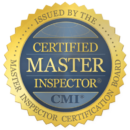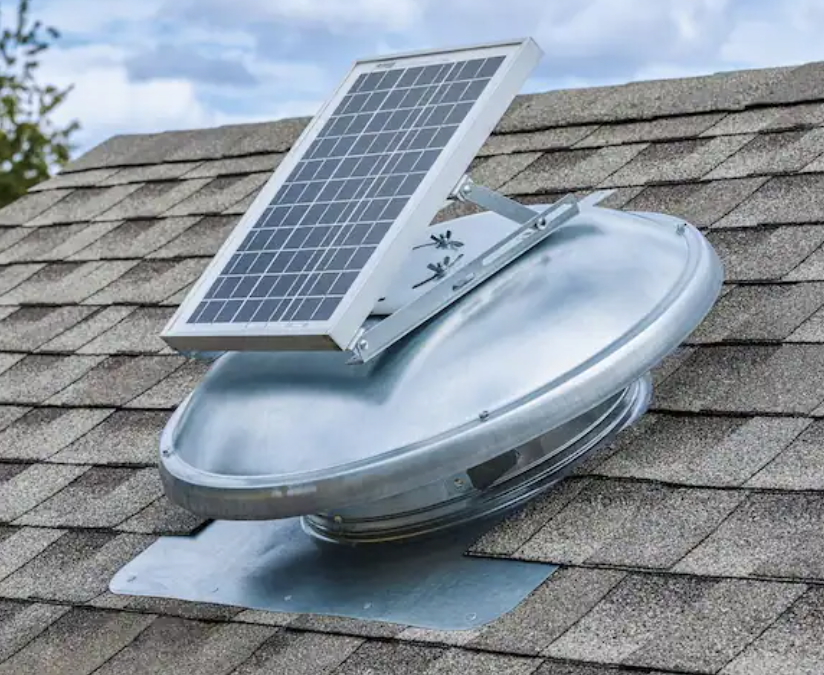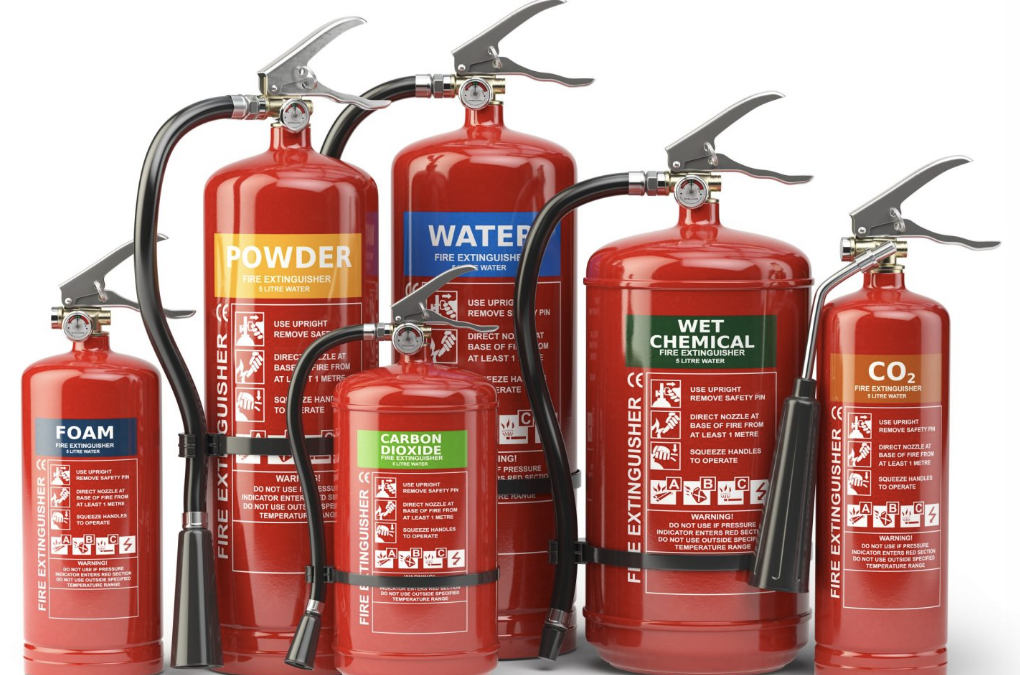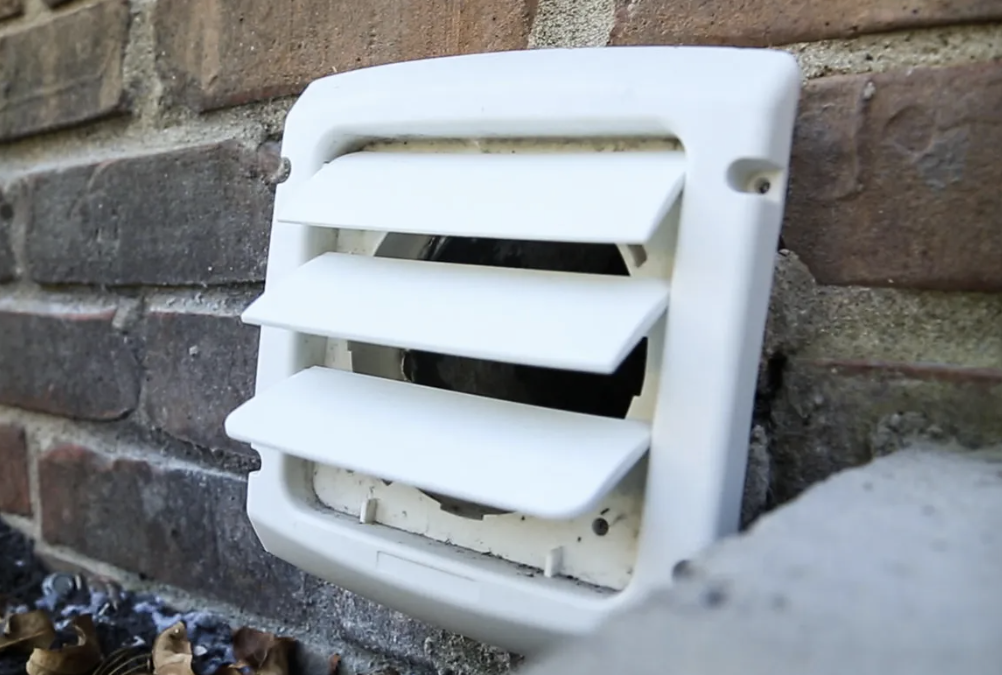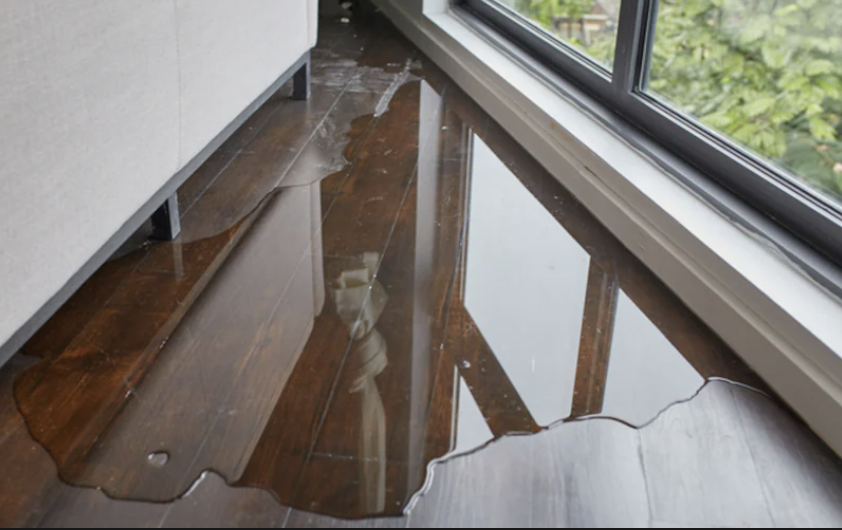
The Homeowner’s Guide to Protecting Your Home from Heat and Water Damage
The Homeowner’s Guide to Protecting Your Home from Heat and Water Damage
As a homeowner, it is important to understand the potential threats that exist to your home. Two of the biggest threats to your home heat in the attic and water entering the home. These two dangers can cause significant damage to your home and put your family’s safety at risk. In this blog, we will discuss the dangers of heat in the attic and water entering your home, and provide tips to help protect your home from these threats.
Heat in the Attic
Heat in the attic can be a major problem for homeowners, especially during the summer months. When hot air accumulates in the attic, it can cause the roof and other building materials to become overheated. This can cause the roof to deteriorate, leading to leaks and other problems. Additionally, heat in the attic can cause the temperature in your home to rise, making it uncomfortable to live in during the hot summer months.
To prevent heat in the attic, it is important to properly ventilate your attic. This can be achieved by installing proper vents on the roof and adding insulation to the attic floor. It is also important to keep your attic free of clutter, such as boxes and other storage items, as these can block vents and make it difficult for hot air to escape.
Water Entering Your Home
Water entering your home can cause significant damage, leading to mold, rot, and other problems. This can occur as a result of leaks, floods, and other water-related events. To prevent water from entering your home, it is important to have proper drainage around your home and to check your home’s plumbing regularly for leaks. Additionally, it is important to have a backup plan in case of a flood, such as sandbags or a sump pump.
Another important factor to consider when protecting your home from water damage is to make sure your home is properly sealed. This includes sealing windows, doors, and other areas that are susceptible to water leaks. Additionally, it is important to have a professional inspect your home to ensure that it is protected from water damage.
In conclusion, heat in the attic and water entering your home are two major threats to your home and can cause significant damage. To protect your home from these threats, it is important to properly ventilate your attic, have proper drainage around your home, and have a backup plan in case of a flood. Additionally, it is important to have your home inspected by a professional to ensure that it is protected from water damage. By taking these steps, you can help protect your home and your family from these potential dangers.




